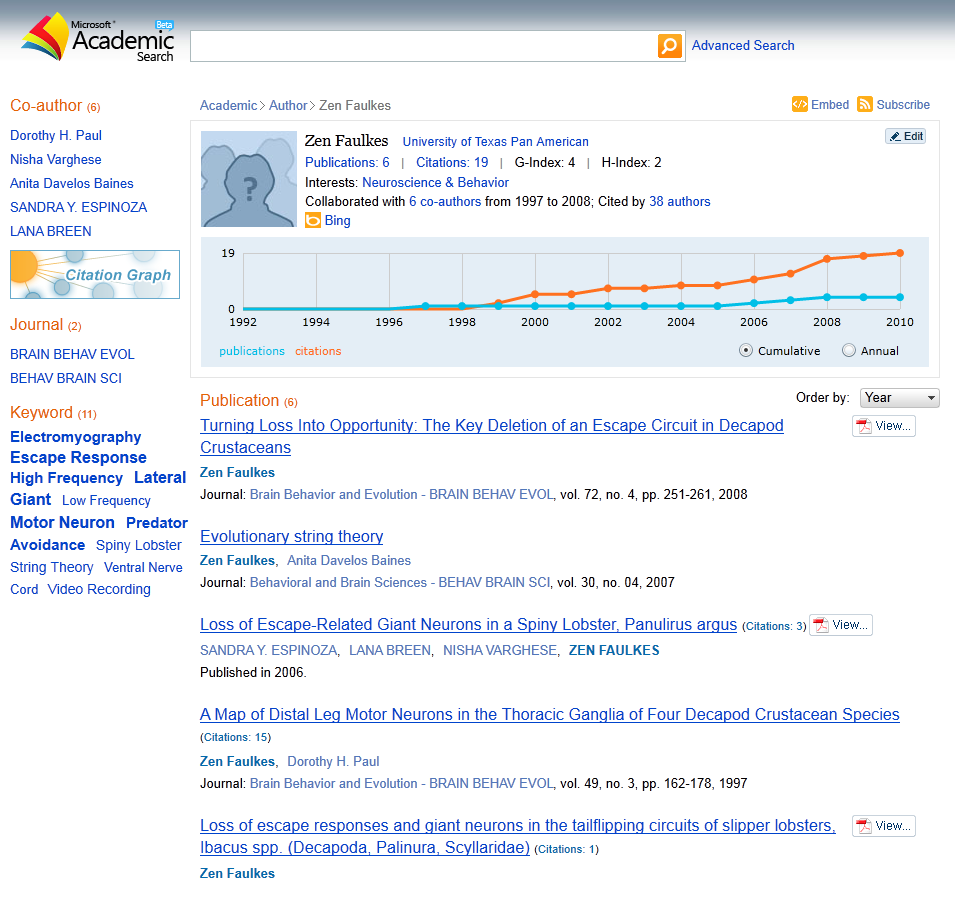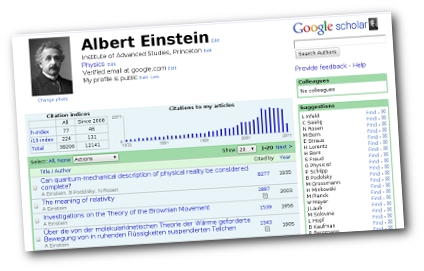Recently, I came across an intriguing book that brings a new, thought-provoking perspective on how the Internet is shaping our lives and culture. The title of the book is You Are Not a Gadget: A Manifesto and the author is Jaron Lanier, a computer scientist and musician who is best known for his pioneering work in the field of virtual reality.

The leitmotiv of the book can be summarized in a single question: are new technologies really playing an empowering role, by increasing people’s creativity, control, and freedom? As can be expected from the title, the author’s answer is more negative than positive. To construct his argument, Lanier starts from the observation that the evolution of computing is not as free of constraints as one might assume.
As a key example, the author describes the evolution of MIDI, a protocol for composing and playing music on computers. This format emerged in the early 1980s and was immediately recognized as an empowering tool for musicians. However, as more and more people adopted it, it became a rigid standard that limited the expressive potential of artists because, as Lanier points out, it ‘‘could only describe the tile mosaic world of the keyboardist, not the watercolor world of the violin.’’ For the author, this lock-in effect can be seen in other fields of information technology. For example, certain features that were included in the early versions of the UNIX operating system are now deeply embedded in the software and cannot be modified, even if they are considered obsolete or inappropriate. Once an approach becomes standard, it tends to inhibit other solutions, thereby limiting the potential for creativity.
Lanier goes on to demystify some of today’s most popular Internet buzzwords, such as ‘‘Web 2.0,’’ ‘‘Open Culture,’’ ‘‘Mash-Ups,’’ and ‘‘Wisdom of Crowds.’’ He maintains that these trendy notions are ultimately pointing to a new form of ‘‘digital collectivism,’’ which rather than encouraging individual inventiveness, promotes mediocrity and homologation. By allowing everyone to offer up their opinion and ideas, the social web is melting into an indistinct pool of information, a vast gray zone where it is increasingly difficult to find quality or meaningful content. This observation leads the author to the counterintuitive conclusion that the introduction of boundaries is sometimes useful (if not even necessary) to achieve originality and excellence.
Another issue raised by Lanier concerns the risk of de-humanization and de-individualization associated with online social networks. He describes the early Web as a space full of ‘‘flavours and colours’’ where each Web site was different from the others and contributed to the diversity of the Internet landscape. But with the advent of Facebook and other similar sites, this richness was lost because people started creating their personal web pages using predefined templates. On the one hand, this formalism has allowed anyone to create, publish, and share content online easily (blog, video, music, etc.). On the other hand, it has reduced the potential for individuals to express their uniqueness.
Lanier reminds us of the importance of putting the human being, and not the machine, at the center of concerns for technology and innovation. For this goal to be achieved, it is not enough to develop usable and accessible tools; it is also necessary to emphasize the uniqueness of experience. This humanist faith leads the author to criticize the idea of technological Singularity, popularized by recognized experts such as Ray Kurzweil, Vernor Vinge, and Kevin Kelly. This concept holds that exponential increase in computing power and communication networks, combined with the rapid advances in the fields of artificial intelligence and robotics, may lead to the emergence of a super-intelligent organism (the ‘‘Singularity’’), which could eventually develop intentional agency and subordinate the human race. Lanier’s opposition to this idea is based on the conviction that the ‘‘human factor’’ will continue to play an essential role in the evolution of technology. The author believes that computers will never be able to replace the uniqueness of humans nor replicate the complexity of their experience. Further, he considers the concept of technological Singularity culturally dangerous because it enforces the idea of an inevitable superiority of machines over humans: ‘‘People degrade themselves in order to make machines seem smart all the time,’’ writes Lanier.
However, Lanier is genuinely admired by the potential of the Internet and new technologies. This iswhy he calls for a new ‘‘technological humanism’’ able to contrast the overarching vision of digital collectivism and empower creative selfexpression. As a key illustration, the author describes the unique combination of idealism, technical skills, and imaginative talent that, in the 1980s, lead a small group of programmers to conceive the vision of virtual reality. This powerful new paradigm in human–computer interaction inspired in the following decades a number of innovative applications in industry, education, and medicine.
Beside the nostalgic remembrances of the heroic times of Silicon Valley and the sophisticated overtone of some terms (e.g., ‘‘numinous neoteny’’), the book written by Lanier conveys a clear message and deserves the attention of all who are interested in the relationship between humans and technology. The idea that technological innovation should be informed by human values and experience is not new, but Lanier brings it out vividly in detail and with a number of persuasive examples.
More to explore
- Jaron Lanier’s homepage: The official website of Jaron Lanier, which with its old-fashion style recaptures the freshness and simplicity of the early Internet. The website features biographical information about the author and includes links to a number of Lanier’s articles and commentaries on a number of different technology-related topics.
- Kurzweil Accelerating Intelligence: Launched in 2001, Kurzweil Accelerating Intelligence explores the forecasts and insights on accelerating change described in Ray Kurzweil’s books, with updates about breakthroughs in science and technology.
- Singularity University: Singularity University is an interdisciplinary university founded by Ray Kurzweil and other renowned experts in technology with the support of a number of sponsors (including Google), whose mission is “to stimulate groundbreaking, disruptive thinking and solutions aimed at solving some of the planet’s most pressing challenges”. Singularity University is based at the NASA Ames campus in Silicon Valley.
- Humanity+: Humanity+ is a non-profit organization dedicated to “the ethical use of technology to extend human capabilities and transcend the legacy of the human condition”. The mission of the organization is to support discussion and public awareness about emerging technologies, as well as to propose solutions for potential problems related to these technologies. The website includes plenty of resources about transhumanism topics and news about upcoming seminars and conferences.






















